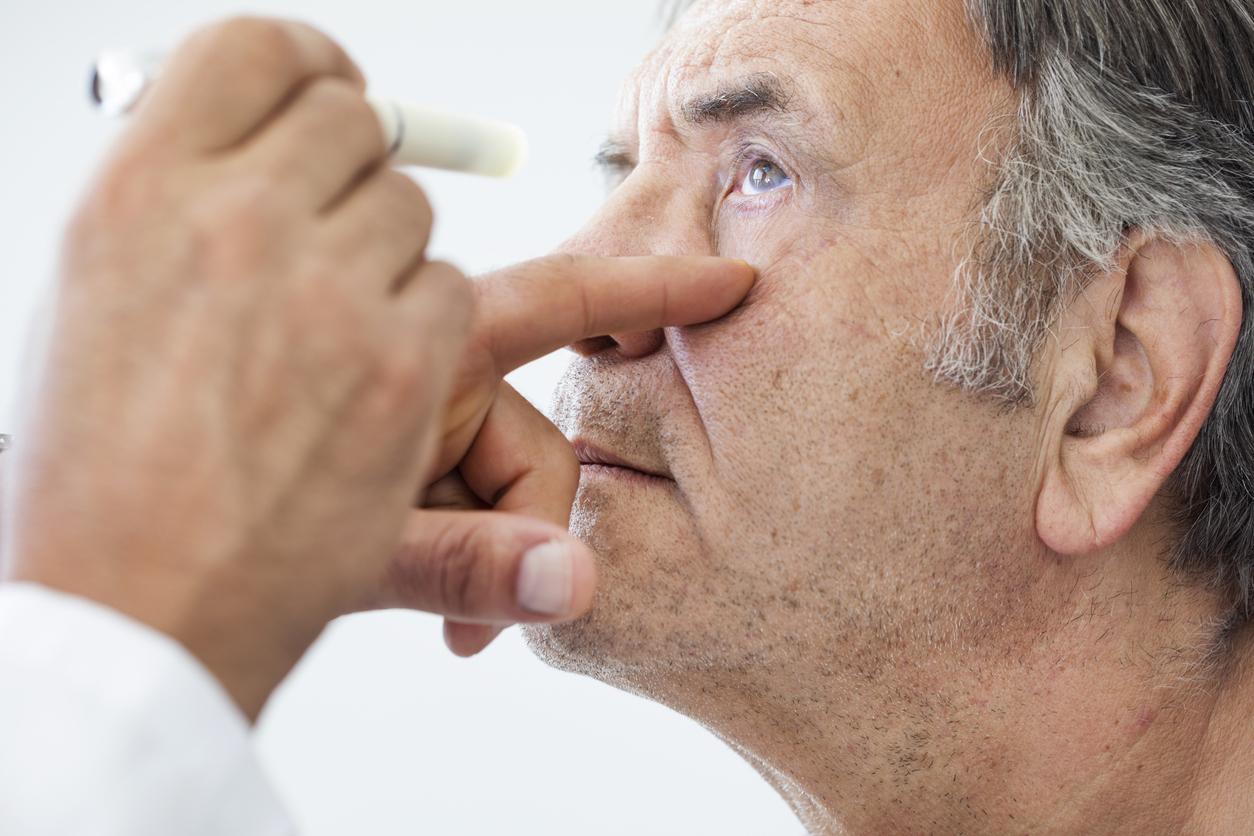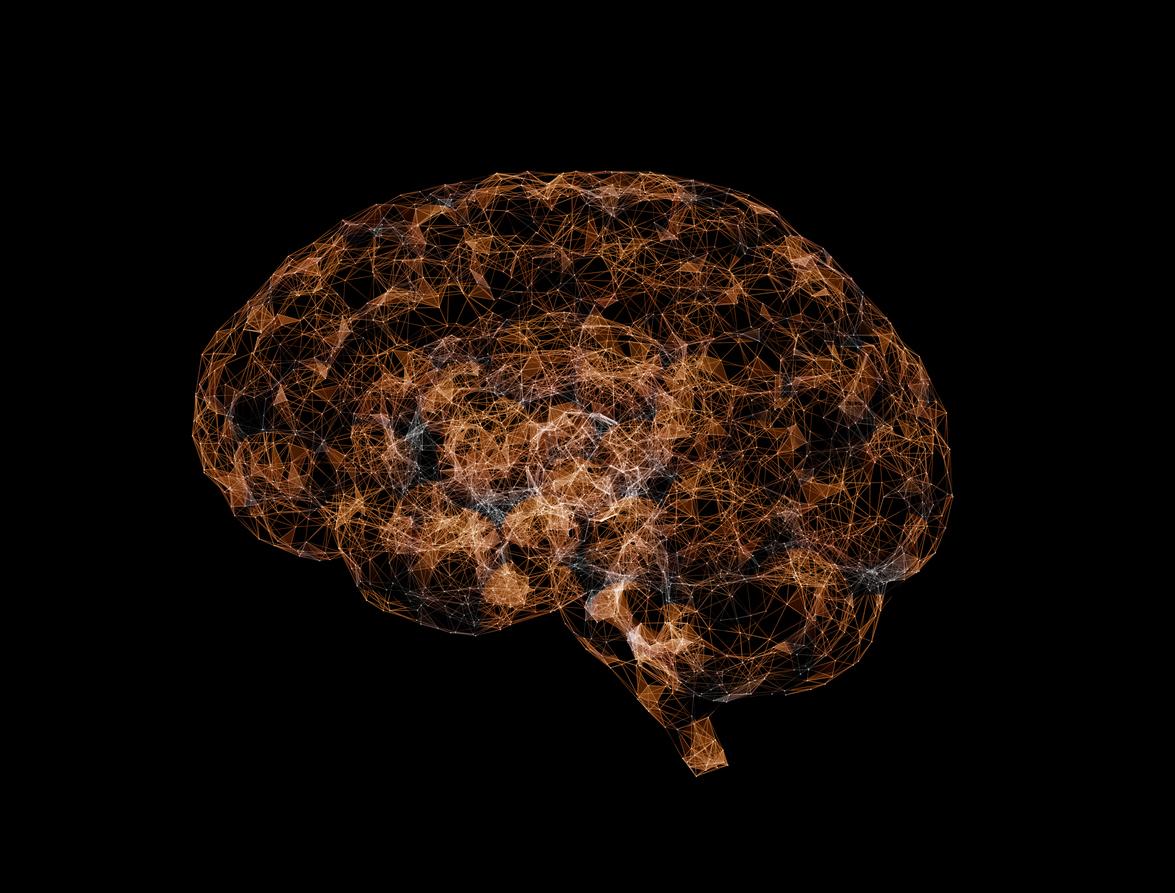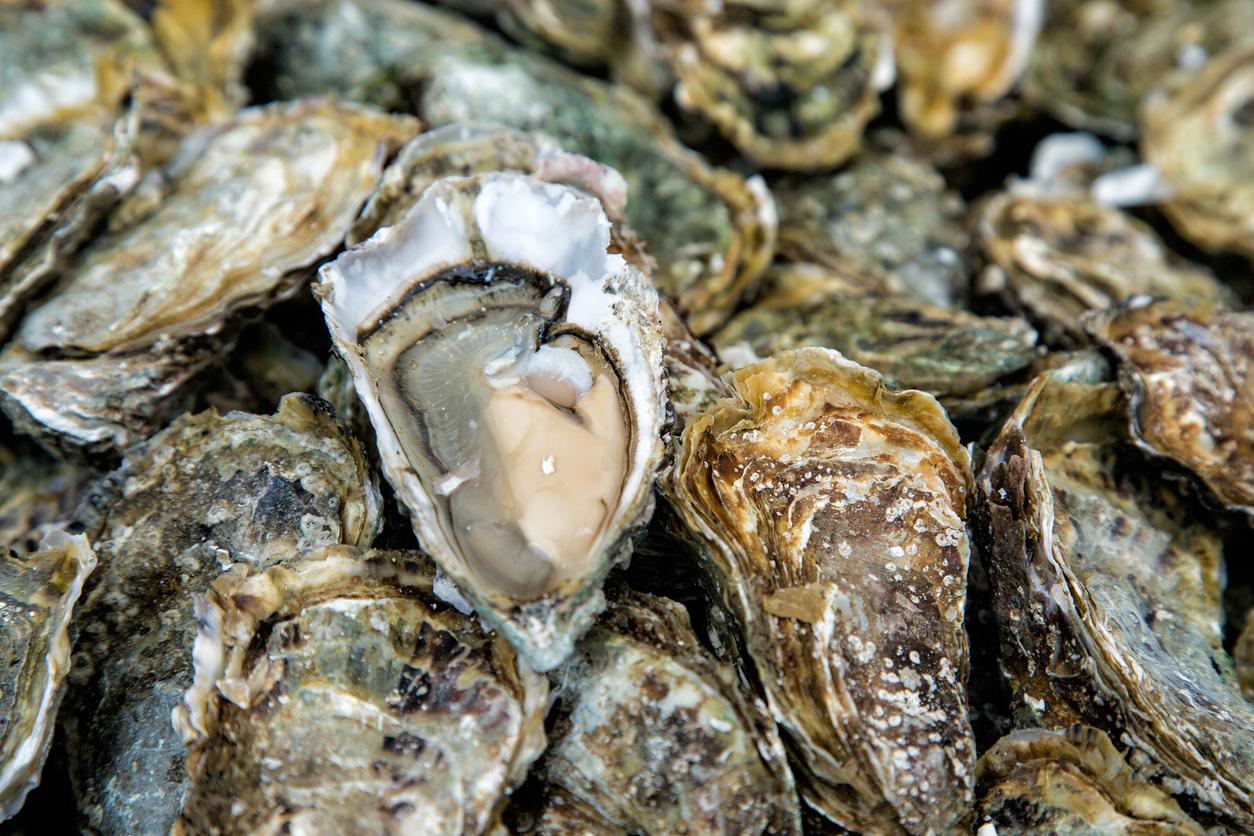Chinese scientists have identified a protein, RNF114, which reverses the phenomenon of cataracts, namely an opacification of the lens mainly linked to aging.

- According to a study of squirrels, their lenses become cloudy at around 4 degrees Celsius, but quickly become clear after being warmed.
- This is thought to be linked to an increase in a protein called RNF114, which helps break down old proteins when temperatures rise.
- After putting 4-degree Celsius lenses on rats with cold-induced cataracts, researchers were able to reduce the opacity of the animals’ lenses.
Cloudy vision, yellowing of colours, poor perception of contrasts and reliefs… In people, generally aging, affected by cataracts, the lens of the eye becomes cloudy, which alters vision and is responsible for a reduction in the quality of life. According to Health Insurancewhen this disease progresses and is not treated surgically, it leads to a progressive and irreversible loss of vision. Problem: “Lack of access to surgery is a barrier to care in some parts of the world, making untreated cataract one of the leading causes of blindness worldwide,” reported Xingchao Shentusurgeon and professor at Zhejiang University (China).
In squirrels, cataracts developed at low temperatures are reversible
In a new study, the researcher and his team decided to look for an alternative to cataract surgery. For the purposes of the work, published in the journal Journal of Clinical Investigationthey studied a hibernating mammal, the 13-lined ground squirrel, and rats. In squirrels, the light-sensitive photoreceptor cells in the retina are primarily cones, making it possible to examine cone-related properties, such as color vision. In addition, their ability to withstand months of cold and metabolic stress during hibernation helps specialists analyze a range of eye diseases.
Scientists have learned that during hibernation, ground squirrels’ lenses become cloudy at about 4 degrees Celsius, but they quickly become clear after warming. In comparison, non-hibernating animals, such as rats, develop cataracts at low temperatures, which do not disappear with warming. “Cataract formation in squirrels exposed to low temperatures is likely a cellular response to cold stress and is one of many changes their bodies undergo as their tissues adapt to freezing temperatures and metabolic stress. Humans do not develop cataracts when exposed to low temperatures,” explained the authors.

Cataract: RNF114 protein increases in number when temperatures are high
To study the ground squirrel’s reversible cataracts at the molecular level, the researchers developed a laboratory lens model using stem cells created from ground squirrel cells. They identified a protein, called RNF114, that was significantly higher during warming in ground squirrels than in rats, according to their observations. The results showed that RNF114 helped identify old proteins and facilitated their degradation.
Next, the team conducted an experiment on rats again, incubating the lenses at 4 degrees Celsius. Normally, these cataracts do not resolve with warming. However, when the lenses were pretreated with the RNF114 protein, the cataracts resolved rapidly upon warming. In the conclusions, the authors say that these results constitute proof of principle that it is possible to induce the disappearance of cataracts in animals. “In future research, the process will need to be refined so that we can stimulate the degradation of specific proteins to see how to precisely regulate protein stability and turnover. This mechanism is also an important factor in many neurodegenerative diseases.”

















